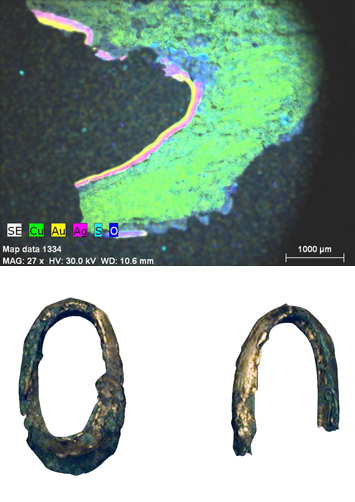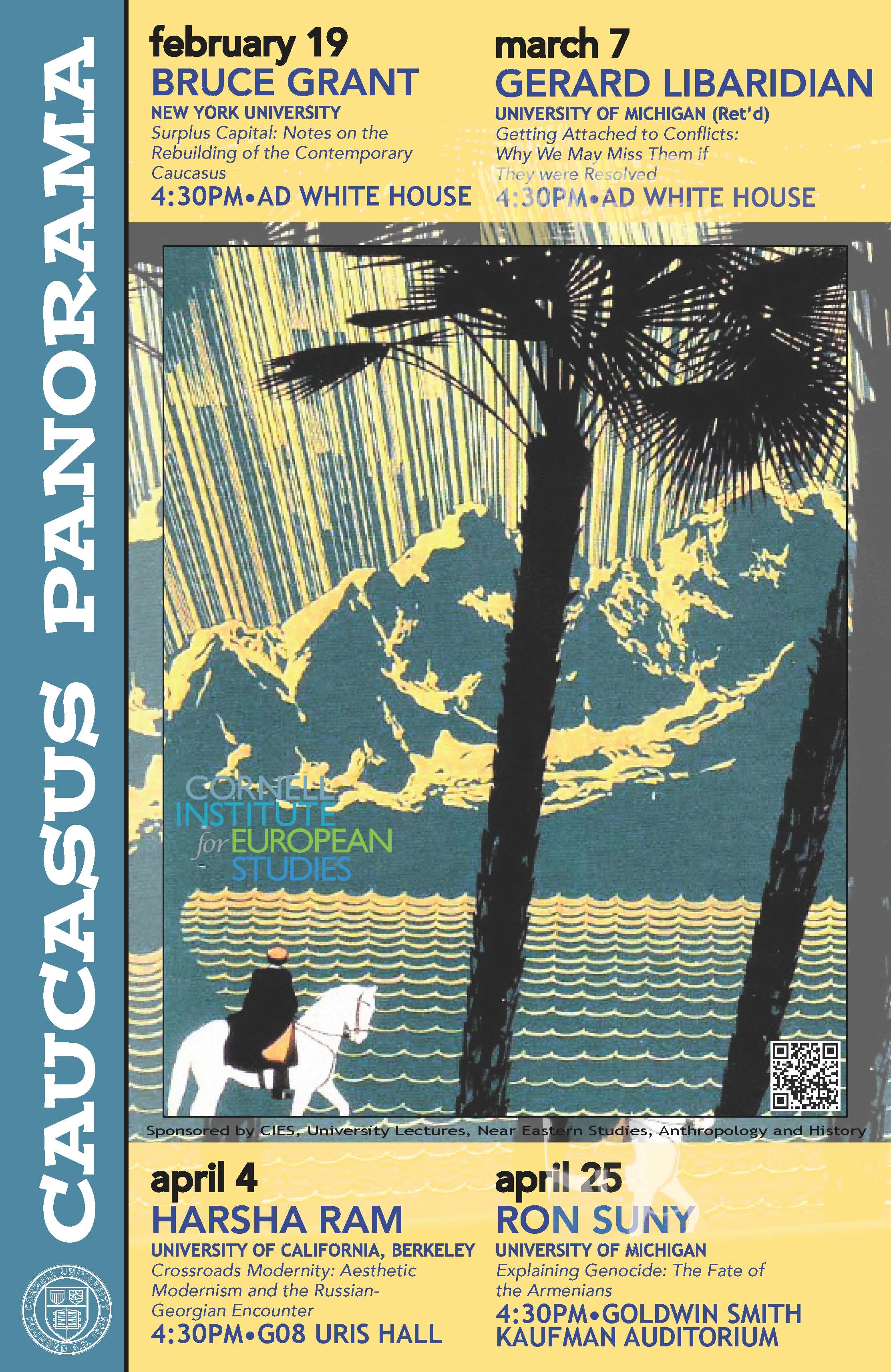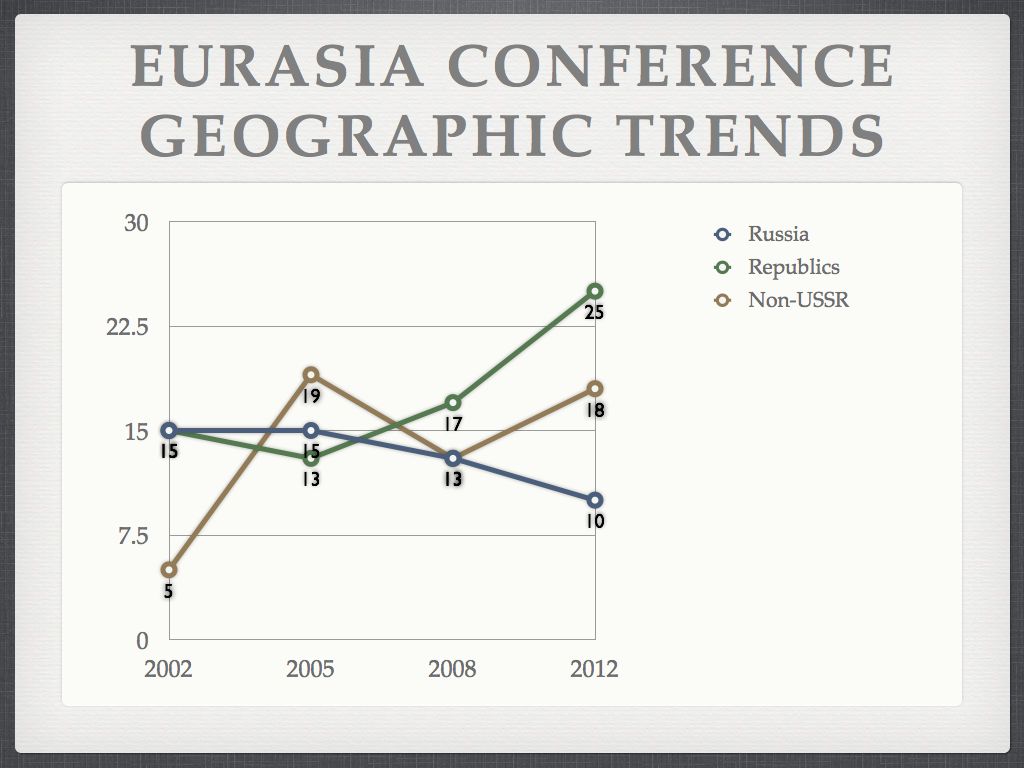Today is the fourth day of fieldwork for the 2013 Project ArAGATS excavations. We are working at three sites this year: Gegharot Fortress, the Gegharot Kurgans, and the town at Tsaghkahovit. Follow the progress of our work here:
Category: The Caucasus and Eurasia
Pets and Warriors
 National Geographic posted a brief piece on the butchered dog remains from David Anthony and Dorcas Brown’s work at Krasnosamarskoe in the Volga. You can read it at this link. They make the fascinating argument that the killing of dogs was part of rites of initiation into a cohort of warriors. If this is indeed that case, it would raise a number of interesting questions pertinent to the long-standing controversy surrounding Napoleon Chagnon’s ethnographic work with the Yanomami. If violence is socially inculcated within specific historical formations, as Anthony and Brown’s evidence suggests, then that would seem to close the chapter on the exaggerated claims of Chagnon’s initial study.
National Geographic posted a brief piece on the butchered dog remains from David Anthony and Dorcas Brown’s work at Krasnosamarskoe in the Volga. You can read it at this link. They make the fascinating argument that the killing of dogs was part of rites of initiation into a cohort of warriors. If this is indeed that case, it would raise a number of interesting questions pertinent to the long-standing controversy surrounding Napoleon Chagnon’s ethnographic work with the Yanomami. If violence is socially inculcated within specific historical formations, as Anthony and Brown’s evidence suggests, then that would seem to close the chapter on the exaggerated claims of Chagnon’s initial study.
Upcoming: The Sovereign Assemblage: Sense, Sensibility, and Sentiment in the Bronze Age Caucasus
Upcoming Lecture Series
Institute for the Study of the Ancient World @ NYU.
The Sovereign Assemblage: Sense, Sensibility, and Sentiment in the Bronze Age Caucasus
Adam T. Smith (Cornell University)
April 8, 15, 22, & 29 at 6:00pm
Lecture Hall
15 East 84th St.
New York, NY
Series Abstract – The Sovereign Assemblage: Sense, Sensibility, and Sentiment in the Bronze Age Caucasus
The modern understanding of political association has centered resolutely on the person of the citizen, whose interactions with other members of the body politic establish and reproduce the possibilities and limits of sovereignty. However, rarely do we interact with one another directly as citizens. Rather, a vast assemblage of things, from ballots and bullets to crowns and regalia to licenses and permits, incessantly intrudes upon our political relations. What role has this assemblage played in the historical formation of our political practices? What principles fundamental to sovereignty does an archaeology of this assemblage reveal?
Taking the narrow isthmus of the Caucasus as their geographic focus, the lectures in this series describe the emergence of a complex set of material assemblages that originated in the Bronze Age yet continue to shape our politics today. The lectures provide a detailed account of the transformation of communities in the Caucasus from small-scale Early Bronze Age villages committed to an ideology of egalitarianism to Late Bronze Age complex polities predicated on radical inequality, organized violence, and a centralized apparatus of rule. These formidable social transformations were made possible by the efficacious operation of three critical assemblages, or machines, that reordered human communities. Each was vital to the operation of the next, forging the polity over time in the articulation of things and persons along three linked dimensions: sense, sensibility, and sentiment. It is by attending to these points of articulation between our things and our selves that we can illuminate the enduring sovereignty of the assemblage.
Monday, April 8: The Sovereignty of Assemblages
Monday, April 15: The Civilization Machine in the Early Bronze Age
Monday, April 22: The War Machine in the Middle Bronze Age
Monday, April 29: The Political Machine in the Late Bronze Age
About the Lecture Series
Michael I. Rostovzteff, a Russian ancient historian, came to the U.S. after the Russian Revolution and taught for many years at Yale University as Sterling Professor of Ancient History. Rostovtzeff’s prodigious energies and sprawling interests led him to write on an almost unimaginable range of subjects. ISAW’s Rostovtzeff series presents scholarship that embodies its aspirations to foster work that crosses disciplinary, geographical, and chronological lines. The lectures will be published by Princeton University Press.
Regimes and Revolutions Hits the Old World
Caucasus Panorama
New Perspectives in Eurasian Archaeology
New special issue devoted to ancient Silk Roads and cultural contacts across Eurasia
BMFEA 75 – ”New Perspectives in Eurasian Archaeology”
Volume 75 of the Bulletin of the Museum of Far Eastern Antiquities is a special issue, ”New Perspectives in Eurasian Archaeology,” also the title of a IIAS-ASEF sponsored symposium at the Museum in late 2003 — in commemoration of the museum’s illustrious founder, Johan Gunnar Andersson, and his explorations of the archaeology of prehistoric East-West contacts and the fascinating issues regarding possible early relations between prehistoric East and central Asia. The volume is a contribution to the vibrant new research in this field.
BMFEA 75 contains the following original articles and reports:
— LI Shuicheng: Ancient Interactions in Eurasia and Northwest China: Revisiting Johan Gunnar Andersson’s Legacy;
— MEI Jianjun: Qijia and Seima-Turbino: The Question of Early Contacts Between Northwest China and the Eurasian Steppe;
— Louisa G. FITZGERALD-HUBER: The Qijia Culture: Paths East and West;
— Bo LAWERGREN: Western Influences on the Early Chinese Qin-Zither;
— YUAN Jing and Rowan FLAD: Two Issues Concerning Ancient Domesticated Horses in China;
— Donald B. WAGNER: The Earliest Use of Iron in China;
— CHEN Xingcan: Where Did the Chinese Leather Raft Come From? –A Forgotten Issue in the Study of Ancient East-West Cultural Interaction;
— CHOE Chong Pil: Some Problems Concerning Korean Dolmens in Eurasian Perspective;
— Evgeny BOGDANOV: The Origin of the Image of a Predator Rolling up in a Ring in the Portable Art of Central Asia;
— Nguyen Kim DUNG: Johan Gunnar Andersson’s systematic research on Fai Tsi Long Archipelago archaeology and the Andersson collections kept in Viet Nam;
— Nils RINGSTEDT: Swedish Archaeology and the Archaeology of Long-Distance Trade.
In addition, there is a separate article by Lucie OLIVOVA, ”Forgotten Bridges: Dulinqiao and Shanqiao in Southern Hebei, China,” which discusses bridges which are favorite symbols of cultural contact, thus very near the theme of the volume as a whole, evoking the BMFEA credo of ”Dialogue, not diatribe.”
The BMFEA is available for purchase from the MFEA, http://www.ostasiatiska.se, English section
Doing more with less: Depletion Gilding on the Eurasian Steppe
 A recent article in Archaeology Magazine details recent work by David Peterson (Idaho State U) on a remarkable example of depletion gilding on a pendant from the Late Bronze Age site of Spiridonovka II on the Eurasian steppe.
A recent article in Archaeology Magazine details recent work by David Peterson (Idaho State U) on a remarkable example of depletion gilding on a pendant from the Late Bronze Age site of Spiridonovka II on the Eurasian steppe.
“Evidence of depletion gilding at this time in this area is a big surprise and stands to greatly impact our understanding of the technical sophistication of Srubnaya pastoralists,” says Peterson. “A kind of technological sleight of hand or dissembling was used in covering the copper ornaments with a very thin gold and silver foil, and then altering the surface to make it look more like pure gold, a strong indication of the high valuation of gold.”
More on Peterson’s discovery here: Ancient Alchemy? – Archaeology Magazine.
Mayan ‘End of World’ Stirs Panic in Russia
It seems that the legacy of Tatiana Proskouriakoff, native of Tomsk and famed decipherer of Maya glyphs, has come full circle.
Mayan ‘End of World’ Stirs Panic in Russia and Elsewhere – NYTimes.com.
EAC Trends
In my opening remarks for the 4th Eurasian Archaeology Conference, I noted some geographic trends in the papers over the course of the last 11 years. Here is the graph
See this post on the EAC website for a brief discussion: Eurasian Archaeology Conferences | @ Cornell University.
Geoglyph Discovered in Urals

A huge geoglyph in the shape of an elk or deer discovered in Russia may predate Peru’s famous Nazca Lines by thousands of years.
via Mysterious Elk-Shaped Structure Discovered in Russia | Nazca Lines & Oldest Geoglyph | LiveScience.


